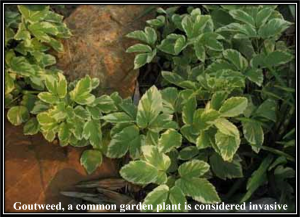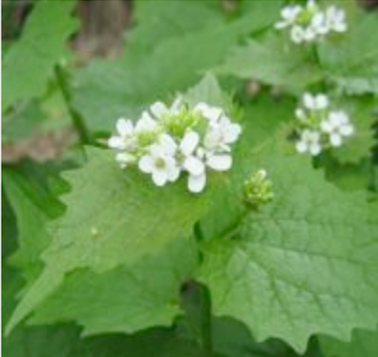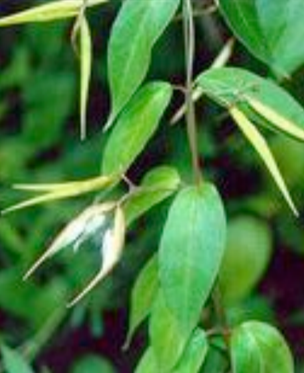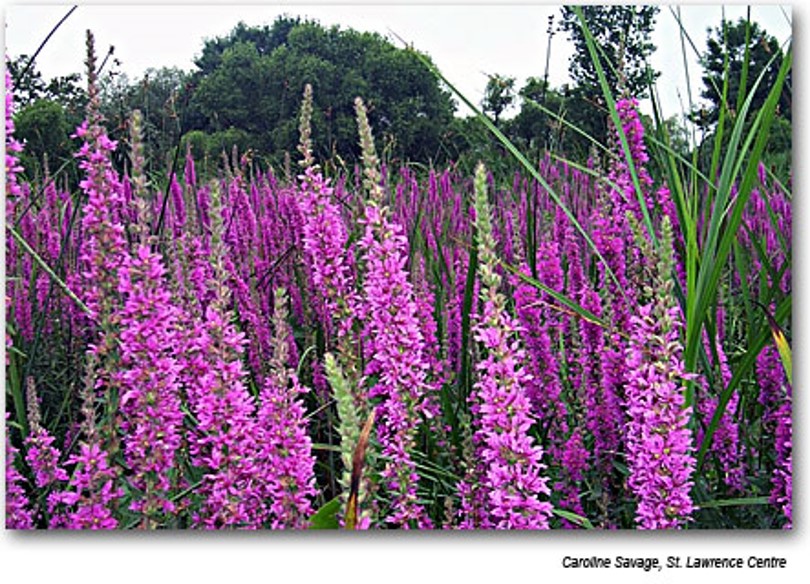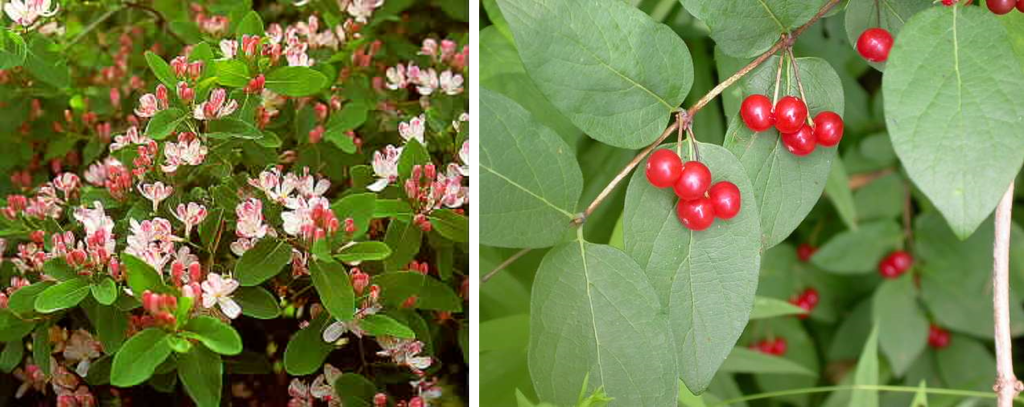Two ‘Lost Lady Beetles’ – if you find one – WE WANT TO KNOW ABOUT IT!
These native Lady Beetles, once common in Ontario, are now endangered and Haliburton Highlands Land Trust (HHLT) is looking for them this summer.

Two not ‘lost’, but very rare Lady Beetles, if you find one – WE WANT TO KNOW ABOUT IT TOO!

If you think you see any of these Lady Beetles take a picture (from several angles if possible), with notation of location found, then post on iNaturalist “Lady Beetles of Haliburton County” project or email, along with your contact information to admin@haliburtonlandtrust.ca
Nine-spotted and Transverse Lady Beetles are species at risk (SAR) in Ontario and HHLT is trying to help! We will be searching our own properties and we are hoping you will help by becoming a Citizen Scientist and help sleuth on our behalf in your backyards or along your favourite hiking trails.
These beauties are not picky about their habitat, as long as they have food (like aphids). They will live in farm fields, meadows, forest edges, clearings, backyards and gardens…..so please keep your eyes open! Even though tiny, they play an unique role in the food web ecosystem. Each time a species disappears the food web gets weaker. We need to keep the web strong to support all life on Earth, including humans!
Not to be mistaken by these impostors:

 Haliburton Highlands Land Trust 739 Mountain Street, P.O. Box 804 Haliburton, ON K0M 1S0
Haliburton Highlands Land Trust 739 Mountain Street, P.O. Box 804 Haliburton, ON K0M 1S0
705-457-3700 admin@haliburtonlandtrust.ca www.haliburtonlandtrust.ca
Funding for this project was provided by the Government of Ontario
Photos obtained under Creative Commons licenses. Credits: Nine-spotted-Rebecca Ray, Jason Headley; Transverse—Lon&Queta; Two-spotted–urjsa; Parenthesis-Bloin Perrick; Asian and Seven spotted-Oregon Department of Agriculture.
